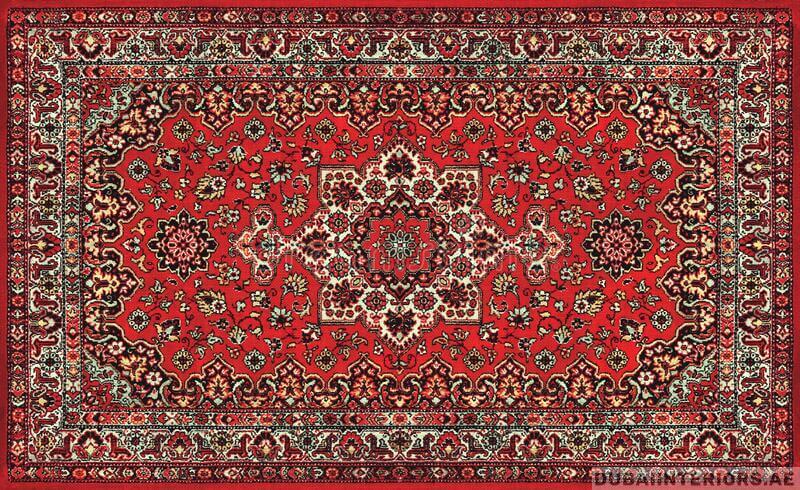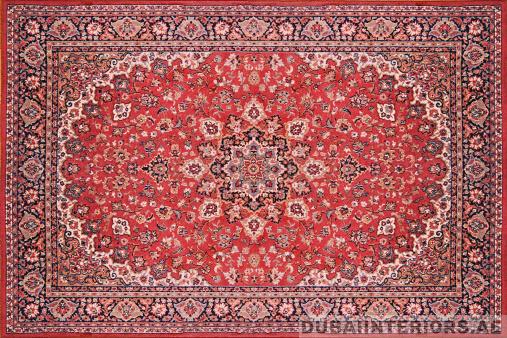Unlocking the Advantages: Benefits of Iranian Persian Rugs in General
Simply put, Persian and Oriental carpets are manufactured with more attention to detail than the majority of contemporary rugs. Also not only offer the house long-lasting, permanent benefits, but they may frequently be assets that appreciate in value over time, not to mention having a high sentimental worth. They may enhance the aesthetic feel of a complete space while also standing alone as distinctive, beautifully crafted art objects. Persian rugs are unquestionably better for the planet’s natural ecosystem when compared to modern rugs. They emit far less allergens than contemporary synthetic fabric rugs despite being composed of naturally produced dye and cloth and being both less combustible. One reason they have a long-lasting advantage and a reputation for competence is because of this.
Unveiling the Elegance: What Makes Persian Rugs Special?
Hand-woven Persian rugs have long been admired by both professional and novice aficionados of antiques due to their exquisite beauty and extraordinary craftsmanship. But what distinguishes these rugs from those made in large quantities? lots of stuff Continue reading for a brief history that spans more than 2,500 years as well as a few explanations on why Persian rugs are still in high demand now.
These rugs have a history that dates back to the ancient Iranian kingdom of Persia. Cyrus the Great likely introduced the craft of carpet making to Persia after he overthrew Babylon in 539 B.C., claims the Iran Chamber Society, a non-partisan and nonprofit organisation dedicated to promoting Iranian culture and history.
Iran’s modern carpet manufacturing sector still has a significant impact on the country. Despite numerous obstacles, the United States banned the import of goods made in Iran in 2010. As a result, the cost of rugs in the United States has gone up.
The price of an older or newer Persian carpet often raises doubts in the minds of consumers. But picking a hand-woven Persian rug over a carpet created by a machine has several benefits. Handmade with care and ingenuity, Persian rugs are a monument to the skill and imagination of their weavers. These rugs were woven using techniques that have been handed down through the generations. Every handmade carpet is different from the next since every weaver is different; no two are alike.
The rugs are works of art as well as floor coverings. Persian rugs are manufactured from natural materials, such as wool, silk, and vegetable dyes, and are prized for their vibrant colours and intriguing patterns. It is impossible to overestimate their beauty and the effect it will have on your house. Persian rugs are known for their quality and durability due to their meticulous craftsmanship. They can be enjoyed for many generations to come with the proper attention and care. These items make excellent investments because, with proper care, their value frequently rises.
The quality of Persian rugs’ construction is one of their best qualities; hand-knotted rugs are of the highest calibre. They are not only strong and durable, but they also have a lovely appearance. The rug can withstand heavy traffic and still maintain its great quality because each stand is manually knotted.
FAQ's
What is a Persian rug?
A Persian rug is a handwoven textile known for its intricate designs and high-quality craftsmanship. It originates from Persia, which is now Iran, and is renowned for its beauty and durability.
How are Persian rugs made?
Persian rugs are traditionally made by skilled artisans who hand-weave the rug using a combination of wool, silk, or cotton threads. The designs are typically woven using a technique called knotting.
What makes Persian rugs unique?
Persian rugs are prized for their unique designs, vibrant colors, and high knot count, which contribute to their exceptional quality and value. Each rug often tells a story through its design.
Are Persian rugs expensive?
Persian rugs can range in price from affordable to extremely expensive, depending on factors such as size, age, quality, and design intricacy. Antique and rare Persian rugs tend to be the most expensive.
How do I identify a genuine Persian rug?
Genuine Persian rugs are typically labeled with the rug’s origin and may have a signature from the weaver. Look for traditional design elements and high-quality materials as indicators of authenticity.
What are the different types of Persian rugs?
There are various types of Persian rugs, including Tabriz, Kashan, Isfahan, and Heriz, each with its distinct design, color palette, and weaving techniques. These rugs often take their names from the regions where they are made.
How do I care for my Persian rug?
To maintain the beauty and longevity of your Persian rug, vacuum it regularly, rotate it to even out wear, and avoid exposing it to direct sunlight. Professional cleaning is recommended when necessary.




